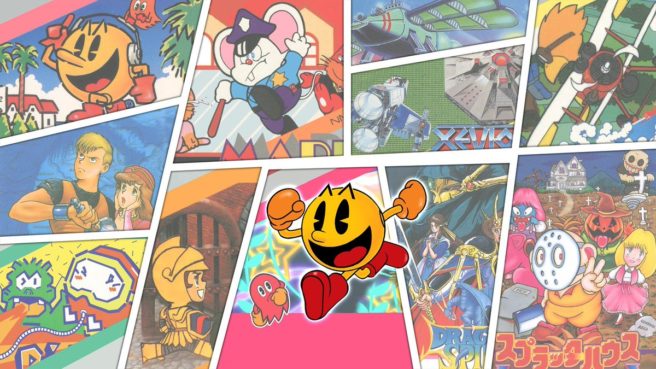
Bandai Namco has been around for several decades and they have built up a strong library of games over the years on a variety of platforms. One of these platforms was the NES/Famicom, and many titles ended up their under the Namcot label. Bandai Namco has now released two collections called the Namco Museum Archives to collect these games on modern systems, including some never released outside of Japan and some nice extra treats as well. I will not be discussing the two collections separately, but instead will be discussing them at once and discussing the various games and their sequels together when relevant. With work done by M2, these are decent collections and has four different screen settings, including 4:3, 4:3 zoomed, dot-by-dot and widescreen, along with anti-aliasing, scan lines and wallpapers. More notable is that there is a rewind function for the games and these are great if you make a wrong move or mistime a movement.
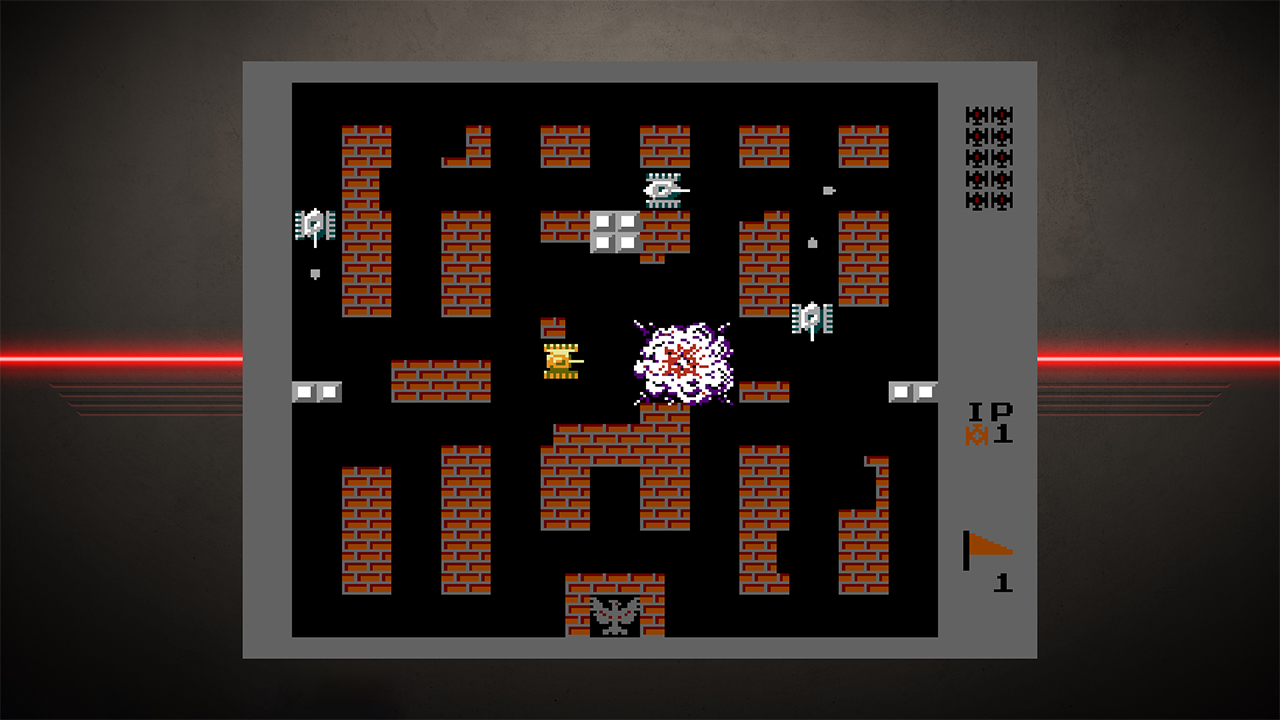
We have classic games like Pac Man Galaxian Xevious, Mappy and Dig Dug in vol 1, all of which translated to the NES in various degrees of quality, and vol 2 sees their lesser known sequels get a chance to shine. Mappy Land, Dig Dug II, Pac Land and Super Xevious aren’t as well known as their predecessors, while Galaga is admittedly a much more well known game than Galaxian. The first games all should be familiar to many, and Galaga needs no introduction, but titles like Super Xevious are a bit more obscure. This is fair, as Super Xevious isn’t really a sequel and more of a refinement of the original and does not stand out in any way. The rest however, are more worth mentioning.
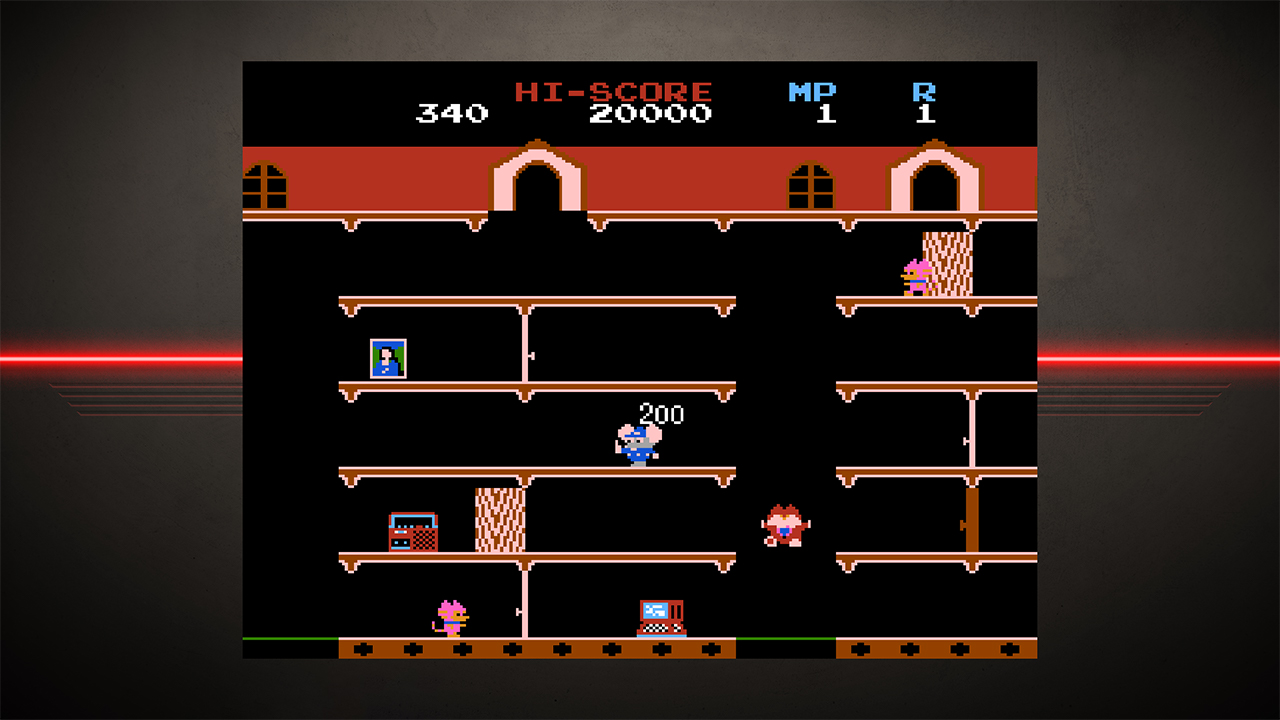
Before I go any futher, allow me to layout which games can be found where. Vol 1 contains Galaxian, Pac-Man, Xevious, Mappy, Dig Dug, The Tower of Druaga, Sky Kid, Dragon Buster, Dragon Spirit: The New Legend, Splatterhouse: Wanpaku Graffiti, and Pac-Man Championship Edition. Vol 2 on the other hand contains, Galaga, Battle City, Pac-Land, Dig Dug II, Super Xevious, Mappy-Land, Legacy of the Wizard, Rolling Thunder, Dragon Buster II, Mendel Palace, and Gaplus.
Pac-Land, is an interesting take on the platformer genre, coming from the pre Super Mario Bros era. This game controls but pressing buttons to move in either directions while you jump with the D-Pad. It is not bad, but you will be thrown off by the this the first time. its a decent game though, and worth checking out. This port was left in Japan previously, so it is interesting to see and play it today for the first time myself. Dig Dug II, is relatively obscure, and tries to do things differently here, as you are now trying to rig explosives together in order to crumble cliff edges and crush enemies below them. As with Pac-Land, its a strange departure but this one is actually really fun to get into once you understand what to do. It is not superior to the first game, but is definitely a worthy follow-up. Mappy-Land may not be as well known as the original Mappy, but is superior in every way. It has a much greater amount of level variety, an actual jump button and multiple QOL improvements to remove what was frustrating about the original and create an experience that is more fun and polished.
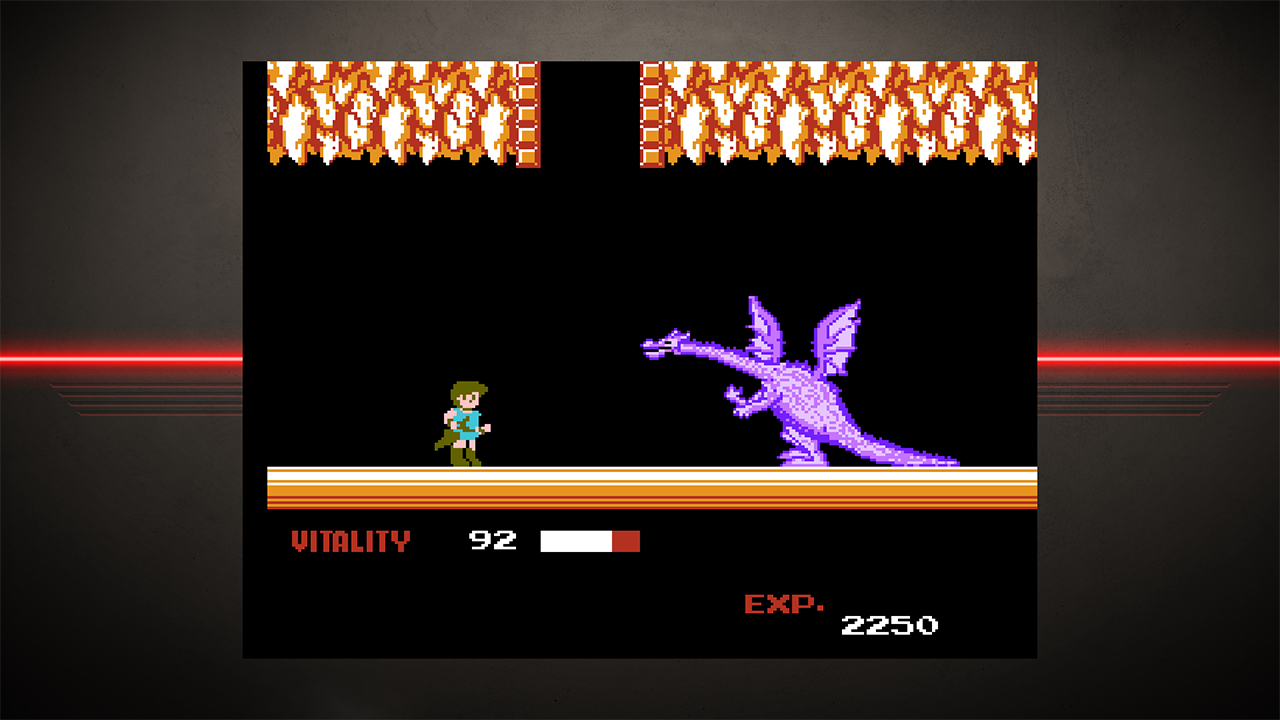
Next up to mention are Dragon Buster and Dragon Buster II. two games that have rather different playstyles and design layouts. The first game was an adaptation of an arcade title, and was a port only released in Japan previously till now. You play as a swordsman and must proceed through a series of side-scrolling dungeons, defeating enemies and bosses along the way. This is a clunky game, but apparently that may be by design. This one is definitely an acquired taste to be sure. The sequel was also Famicom-only and now we get to play it in the west, but is is very different. This time, we have a top down action RPG where you have to play through various dungeons to reach the Dragon Castle, You can select which dungeons you go through, and then proceed slowly, while keeping track of items and weapons. Its interesting but you may be thrown off.
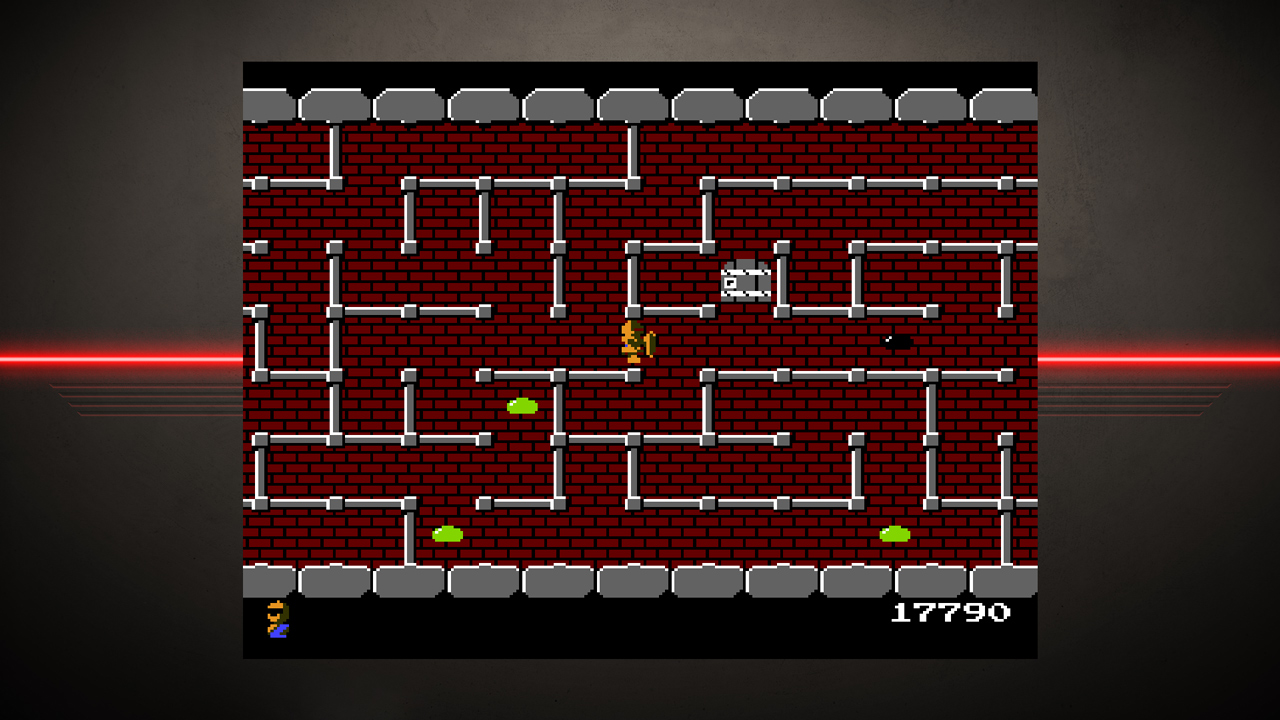
It would not be a classic Namco collection without The Tower of Druaga, a game this author admits is his least favourite classic Namco game. Its very slow paced and sees you fighting enemies in a maze. The controls are sluggish and not responsive and I honestly see no reason to spend that much time on this game, when there are other and better games available on the collection. Another weaker entry is Battle City, a top-down tank battle game, where you fight other tanks and stop them from attacking your own area. Its not as bad as the Tower of Druaga but is one of the lesser games here.
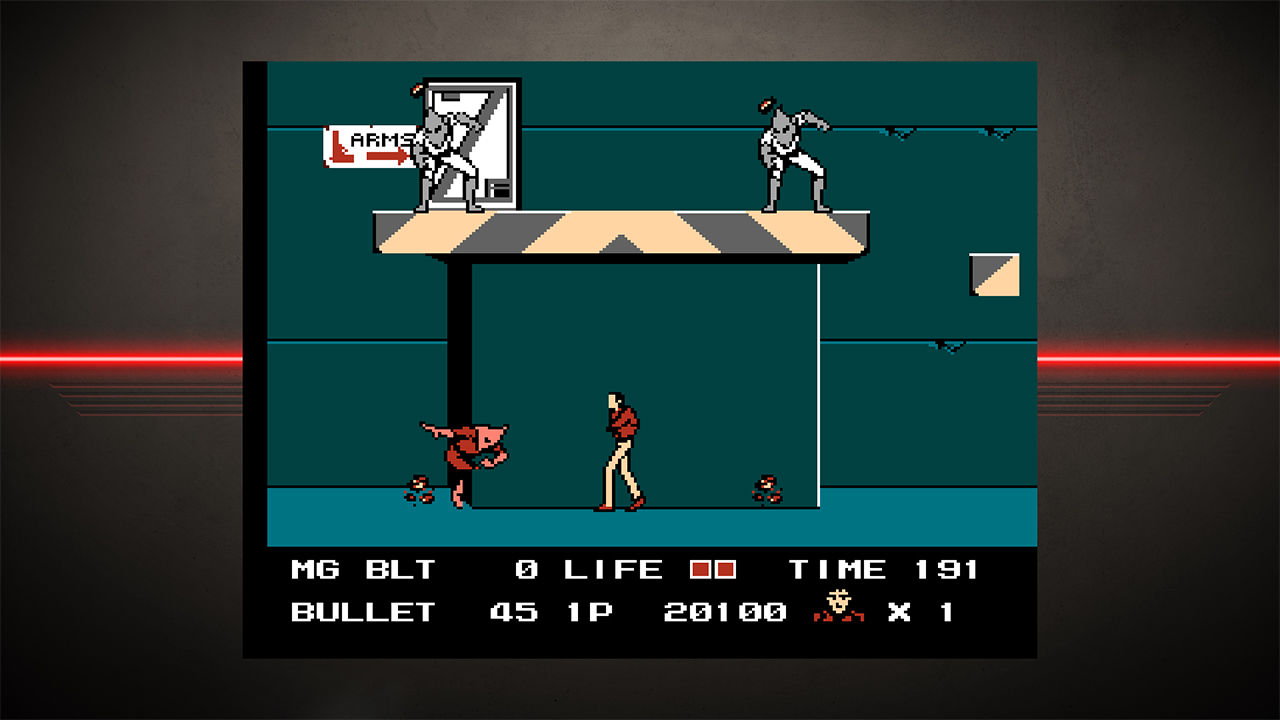
Other games like Dragon Spirit: The New Legend and Sky Kid are stronger inclusions. These are, two interesting takes on the shooter genre that are rather fun to play. Dragon Spirit is a console-only sequel to the original arcade game, and a decent vertical shooter in its own right that sees you fly on the back of a giant dragon that can spit fireballs at enemies. The game tries some new takes on the gameplay formula by testing you constantly, and offers a lot of replayability. Sky Kid is just a fun shoot ‘em up full of upbeat tunes that sees you collect a bomb and drop it on a target. We also have Rolling Thunder, a spy-themed run and gun game where you must attack enemies while also dodging attacks yourself by taking cover. It is a nice game, and the concept is not hurt at all by the transition to an 8 bit format.
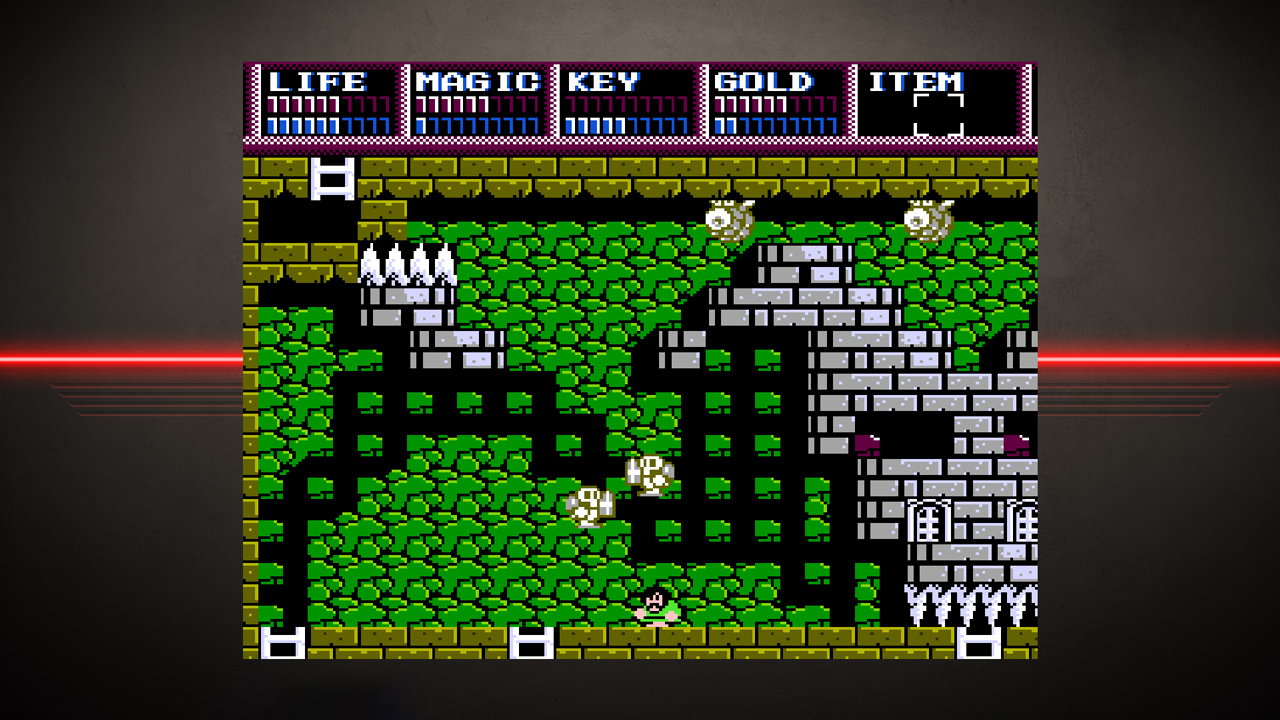
I saved the best games for last, and here they are. First we have Legacy of the Wizard from Nihon Falcom, the fourth entry in the Dragon Slayer franchise and one of the few that was localized outside Japan. In this metroidvania style game, you play as the different members of a family as they explore a massive underground cavern, with each having their own unique abilities to reach certain areas and overcome hurdles. It takes a while to get into yes, but it is one of the best games you will find on the collections due to the high quality of the gameplay. Next we have Mendel Palace, which has the distinction of being the first game ever developed by Game Freak. This unique title has you on a grid with tiles that you can flip and you must be strategic to flip the panels right in order to get the enemies to fall into the wall. It sounds simple, but is one of the most addictive and well thought out games ever made and the stages have a magnificent polish to them. A true hidden gem if there ever was one for the system.
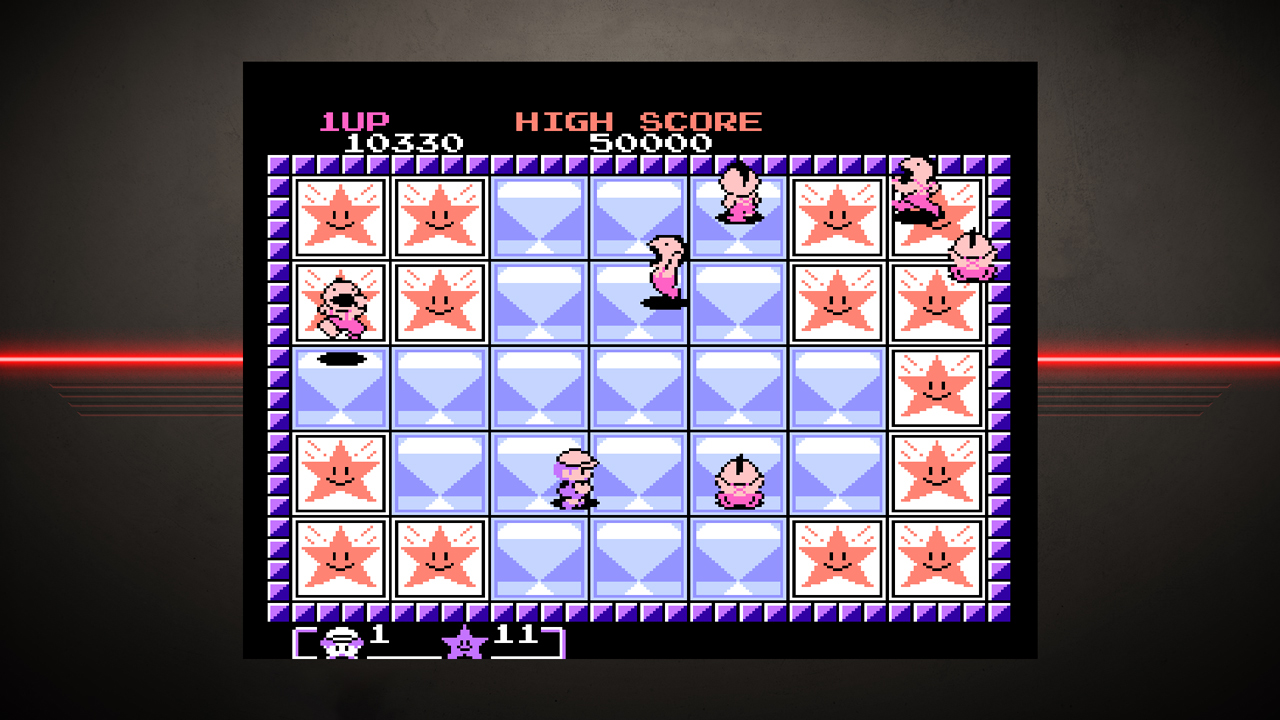
Lastly for the main games is Splatterhouse: Wanpaku Graffiti, the famicom exclusive entry in the Splatterhouse series. A fan favourite among retro collectors, this Splatterhouse spinoff entry is a parody of the original and has a far more humorous tone and bizarre but not unwelcome pop culture references and is one of the most fun games in the series. The game has been translated to English and has some of the cheesiest dialogue you will ever read. Definitely worth a play for sure.
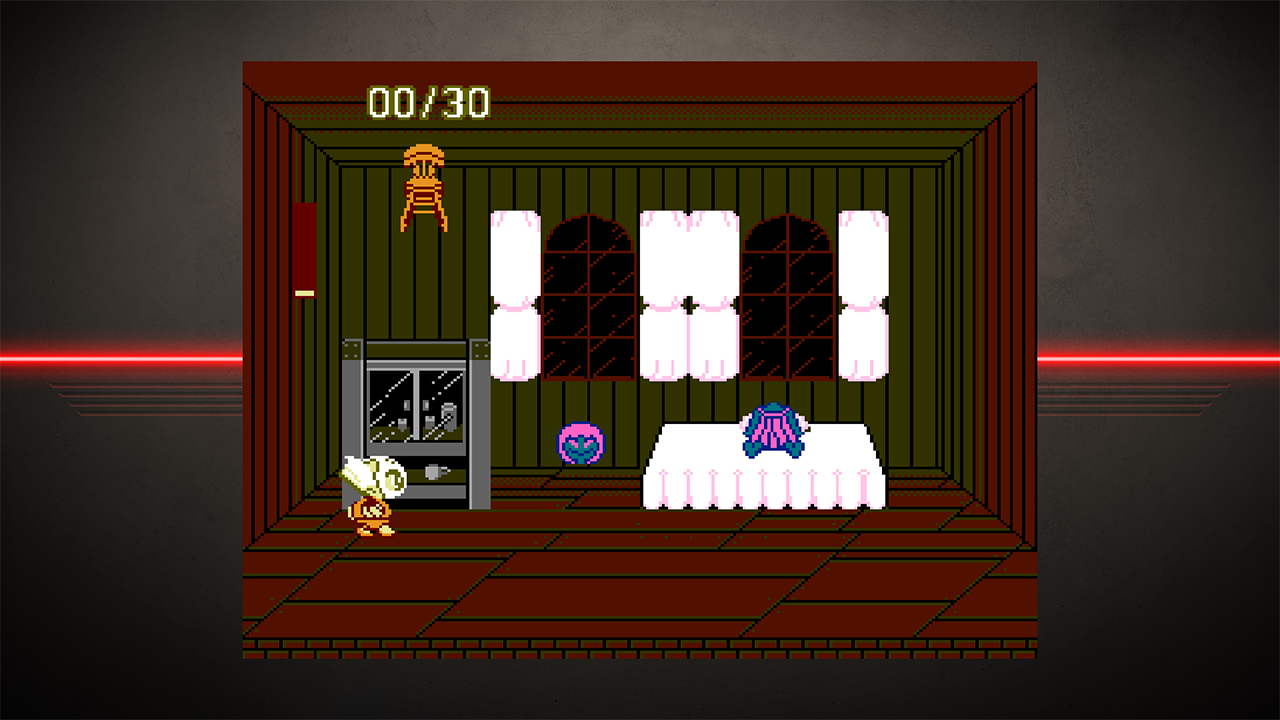
Now onto the two bonus games. Bandai Namco created new NES/Famicom style games for this collection and they are very well done. First we have Pac-Man Championship Edition’s demake, which is awesome to play. It maintains the speed of the actual game and has amazing music, and the frenetic gameplay is just as addictive as ever. It is amazing to see, and Bandai Namco really did something special with this demake.
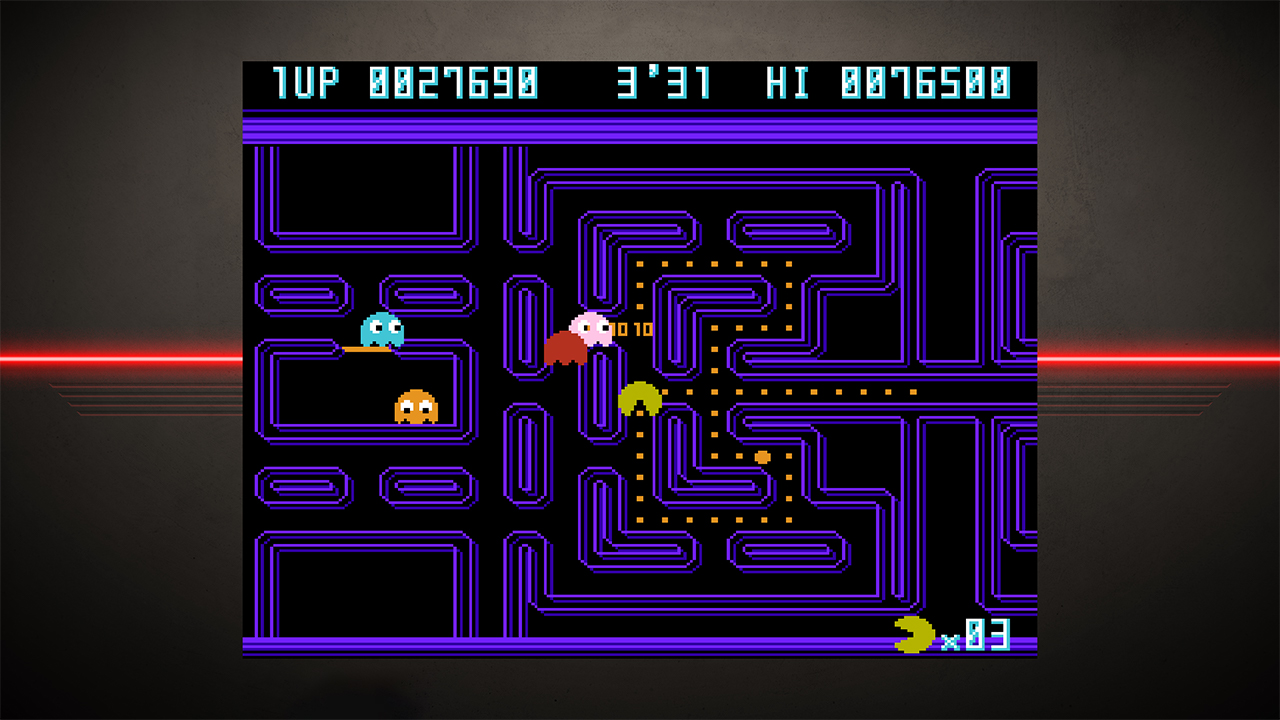
The other bonus game is a demake of Gaplus, which never had a home release before and I cannot figure out why. Its a wonderful expansion, of the Galaxian and Galaga format and actually did try and push things at the time. Its a good title and very welcome to the collection. It may not be at the level of how amazing the Pac-Man Championship Edition Demake was, but it has a unique charm in its own right, and it is really cool to see the arcade game get an 8 bit home conversion after all these year.
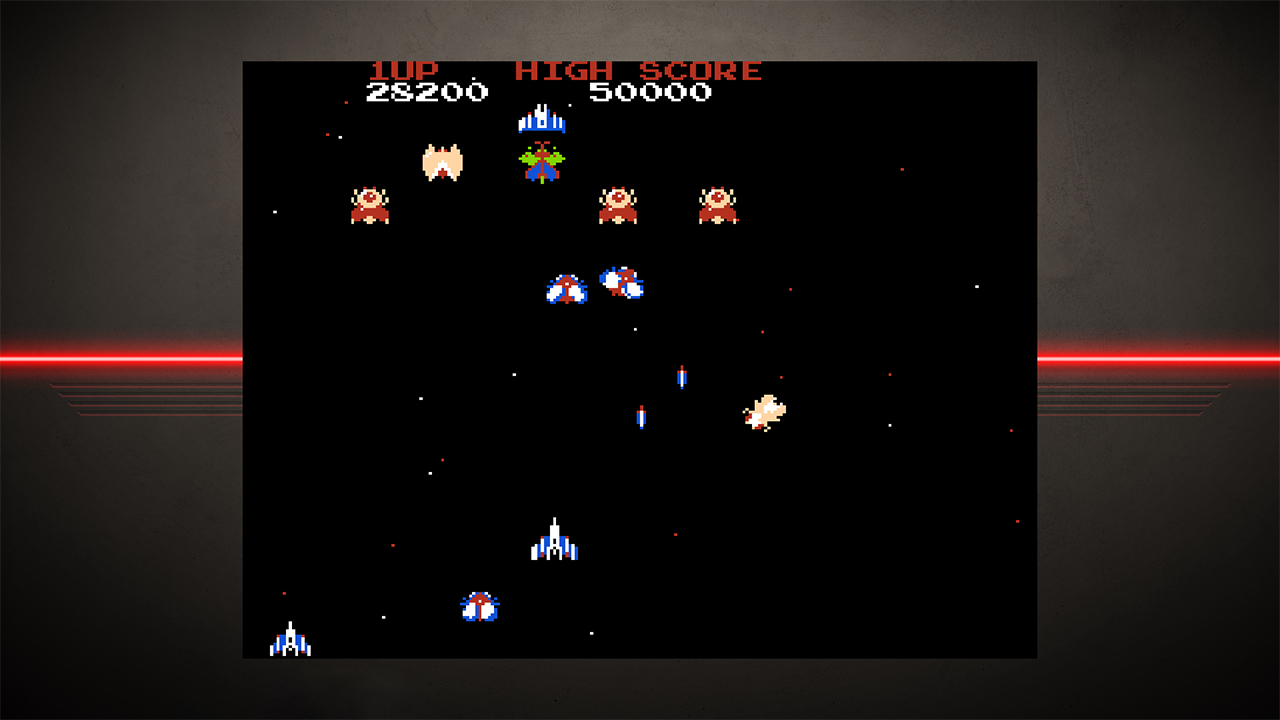
Overall, these are great collections and have a great balance of classics and hidden gems many will not have played before. Yes there are some stinkers, but fortunately they are not the majority. I highly recommend checking these out.
Disclaimer: Review Keys Were Provided
In addition, for access to an extensive variety of active retro gaming groups on Facebook, visit Retro Gamers Hub.

